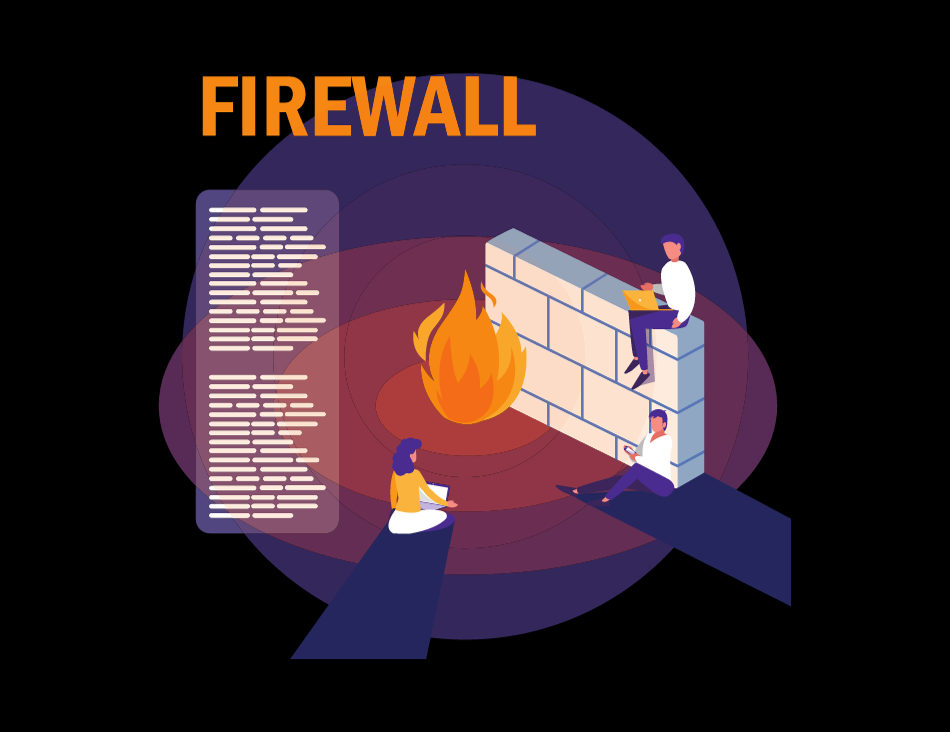Assessing Ransomware Readiness: Is Your Organization Prepared?
In an age where cyber threats loom large, ransomware has emerged as one of the most insidious and damaging forms of cyberattack.

These malicious campaigns target organizations of all sizes, leaving a trail of financial loss, operational disruption, and reputational damage in their wake. As the frequency and sophistication of ransomware attacks continue to rise, organizations must evaluate their readiness to detect and respond to such threats in a timely manner.
Understanding Ransomware Readiness:
Ransomware readiness is a comprehensive assessment of an organization’s ability to anticipate, prevent, detect, and effectively respond to ransomware attacks. It encompasses various aspects, including cybersecurity measures, incident response planning, employee training, and data protection strategies.
1. Cybersecurity Measures:
A robust cybersecurity infrastructure forms the backbone of any ransomware readiness strategy. It involves implementing multi-layered security defenses, such as firewalls, intrusion detection systems, and advanced threat prevention tools. Regular security assessments and vulnerability testing help identify and address weaknesses in the organization’s IT environment, reducing the attack surface for potential ransomware threats.
2. Incident Response Planning:
Having a well-defined and tested incident response plan is critical to mitigating the impact of ransomware attacks. An effective plan outlines clear steps for identifying, containing, eradicating, and recovering from an attack. Regular simulations and tabletop exercises with key stakeholders can help refine the response process and ensure that employees are familiar with their roles and responsibilities during a crisis.
3. Employee Training:
Employees are often the first line of defense against ransomware attacks. Comprehensive cybersecurity training programs help raise awareness about potential threats, phishing attempts, and social engineering tactics. Educated and vigilant employees are more likely to detect suspicious activities and report them promptly, reducing the risk of successful ransomware infiltrations.
4. Data Protection and Backups:
Regular data backups are crucial in ransomware readiness. Organizations should implement a well-defined backup strategy, ensuring that critical data is regularly and securely backed up to offline or isolated storage locations. This approach enables organizations to restore systems and data without paying the ransom, should an attack occur.
Assessing Your Organization’s Ransomware Readiness:
To determine the level of ransomware readiness within your organization, consider the following steps:
1. Conduct a Vulnerability Assessment: Identify potential weaknesses in your cybersecurity infrastructure and address them proactively.
2. Review Incident Response Plans: Evaluate the effectiveness of your organization’s incident response plans and ensure they align with industry best practices.
3. Measure Employee Awareness: Gauge the level of cybersecurity awareness among employees through surveys or mock phishing exercises.
4. Validate Backup and Recovery Procedures: Test data recovery processes to ensure the integrity and accessibility of critical information.
Conclusion:
As ransomware attacks continue to evolve in complexity and frequency, organizations must prioritize their readiness to protect their assets, data, and reputation. A proactive approach to ransomware readiness, encompassing strong cybersecurity measures, robust incident response planning, comprehensive employee training, and secure data backups, will go a long way in thwarting ransomware threats and minimizing potential damages. By continuously evaluating and improving their ransomware readiness, organizations can face these evolving challenges with greater resilience and confidence.




